“Batman”: The ’67 Holman-Moody Mustang that was smuggled in boxes, raced, and restored to glory
Imagine, if you will, taking your significant other’s daily driver from them, smuggling it off to another country to be turned into a race car, smuggling it back disassembled in crates, assembling it, proceeding to race it competitively under a pseudonym (so your father wouldn’t find out) … and living to tell the tale.
Insanity, right? Well for Cristobal Galjuf of Lima, Peru in the early 1970s, it was reality. Incredible as it may seem, Galjuf, his marriage, and his relationship with his father survived the whole ordeal.
Thankfully for us, the other part of the story that survives today is the car at the center this tale—a 1967 Ford Mustang modified by Holman & Moody. And soon it will be offered at Mecum’s Glendale, Arizona auction (Lot S155) on March 20.

By 1971, Galjuf had for a while been road racing Mustangs in various events in Peru, at which point turned his attention to building a serious, purpose-built race car. His wife was daily-driving a 1967 Ford Mustang Coupe, built at the very Peru factory in which she worked, that he had purchased for her new. The logic behind taking this plain-jane four-year-old Mustang and turning it into a no-holds-barred road racer may be lost to time, but what’s for certain is that Galjuf decided Holman & Moody was the shop for the job.
Holman & Moody’s home in Charlotte, North Carolina, was, well, 3200 miles away and in America. Add in the wrinkle that Peru was under military dictatorship at the time and Charlotte might as well have been on the moon. Where there is a will, however, and a big enough budget, there is a way. Galjuf found a means of sneaking the car out of Peru.

As original documentation clearly demonstrates, once the Mustang arrived at H&M it was a cost-no-object undertaking. The 1972 invoice shows the cost to convert Mrs. Galjuf’s former daily driver into an “FIA Spec” road racer was just under $20,000—the equivalent of roughly $126,000 today.
For that money, Galjuf got a car prepared to a level unencumbered by the SCCA rules to which Trans-Am racers in the U.S. needed to kowtow. The basic specifications of this Peruvian-born, Carolina-bred road-race special included a full period TA-spec rear clip mated to a period NASCAR super speedway front clip, and whatever other tricks H&M could throw at it. Toughness and reliability were paramount, as evidenced by multiple shocks on each corner, easy-to-service four-wheel drum brakes, supremely heavy-duty bits like double-center wheels, and stout coolers for the gearbox and differential. This pony was expected to take a beating in Peru.
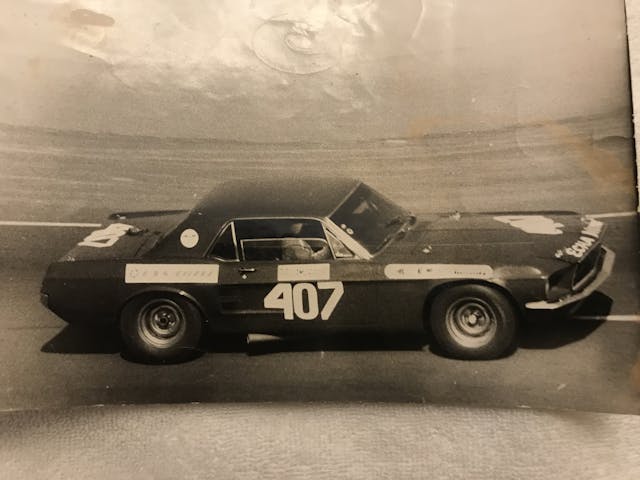
When the car was completed, Galjuf reportedly flew to Road Atlanta for a shakedown test with the H&M crew—at an invoiced cost of $5394.00! Afterwards Galjuf flew back to Lima while H&M disassembled the car, packed it in crates, and shipped it back to Peru so that the now much racier Mustang could be smuggled back into his home country. The scheme worked. Once the Mustang was reassembled, Galjuf raced it extensively (and quite successfully) for a few years in Peru, Mexico, and Argentina under the pseudonym of “Batman.” Why? So his father wouldn’t find out about his racing exploits, which were often televised or broadcast live on the radio where his father would listen to them. All of this came to an end, however, when a friend was later killed in a similar car and Galjuf, now with a family of his own, parked the H&M-built Coupe in the interest of self-preservation.
The car then moved through a succession of owners, none of whom were as successful at racing it, before ending up in a museum owned by a gentleman named Nicolini. The Mustang’s current owner, Charles Maranto, shared with me the story of how he discovered it, brought it back to the U.S., and got it back into fighting shape:
“On a trip to Lima Peru in 2011, friends told us of an interesting auto museum in the city owned by a guy named Nicolini. As we walked through, I noticed the Mustang. After lunch at a local eatery with Nicolini, I popped the question about buying it. He was agreeable to selling it but warned me that exporting cars from Peru is almost impossible. The next six months was spent kissing the a#@ of the export office. Finally, the shipper called and said ‘grab a bunch of 100-dollar bills and let’s fly down and get this done.’ After passing out said bills, I was given the go ahead to export the Mustang. An hour later we were at the airport loading it on to a cargo jet destined for O’Hare in Chicago, as overland transport is dangerous.
“We later embarked on a faithful restoration to exact condition as raced in ’72, with Lee Holman’s guidance. At some point in the car’s history, the original 289 was blown up and a replacement ‘tall deck’ engine was ordered from H&M. On arrival in Peru, the local mechanics could not fit the taller engine into the car, so mid-construction, the work was halted and that is the way it sat until we purchased it. To fit this engine during the restoration we had to manufacture an all-new exhaust and fashion a hood scoop to house the air cleaner. It has been a love fest for me to return this car to its original glory.”

Today, this ‘60s pony is much more than an old Ford race car. It’s a one-off with a wild, winding history that took it far from its home market in Peru—to America—so it could be covertly converted into a weapons-grade road racing car by one of the most famous race shops of all time, only to be returned home for almost four decades before being “greased” back to the United States and restored to glory.
The big question is, come the Mecum sale on March 20, will the person who writes the next chapter go by “Robin?” It would only seem fitting, as would a couple of mufflers so the Mustang can really stretch its legs on a 1000-mile road rally or two. You know, just to make sure everything is working properly, and perhaps to show how well a Mustang stuffed full of 1970s TA and NASCAR bits can still boogie. Because I bet it sure as hell can.
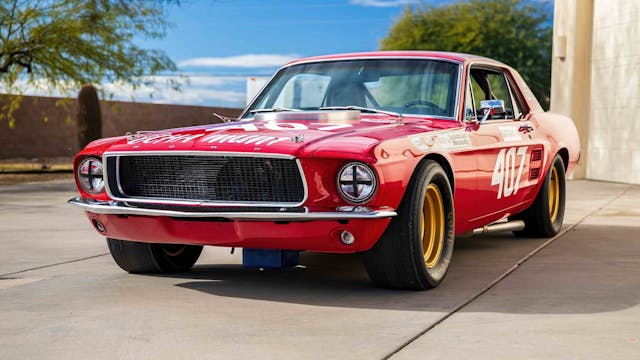
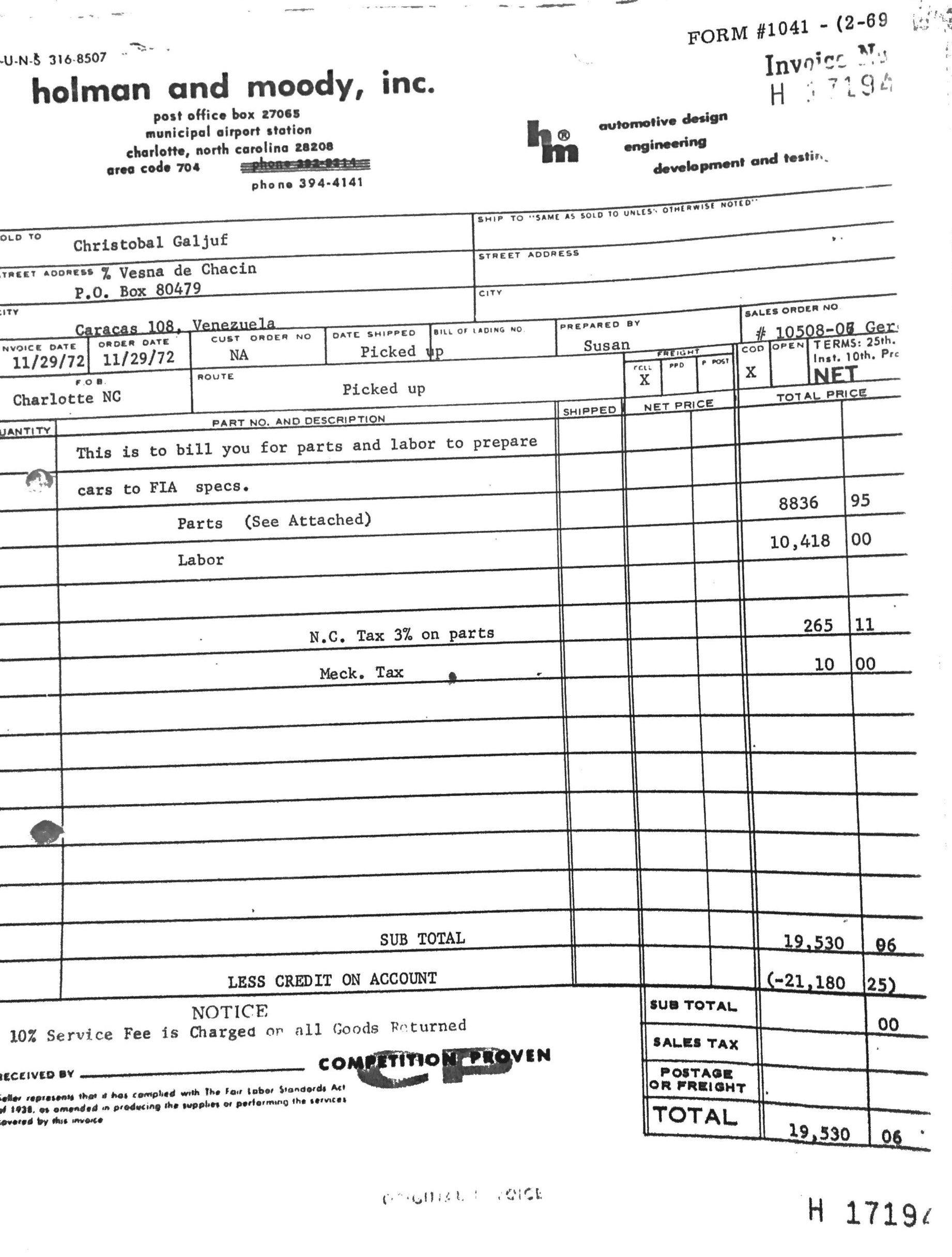

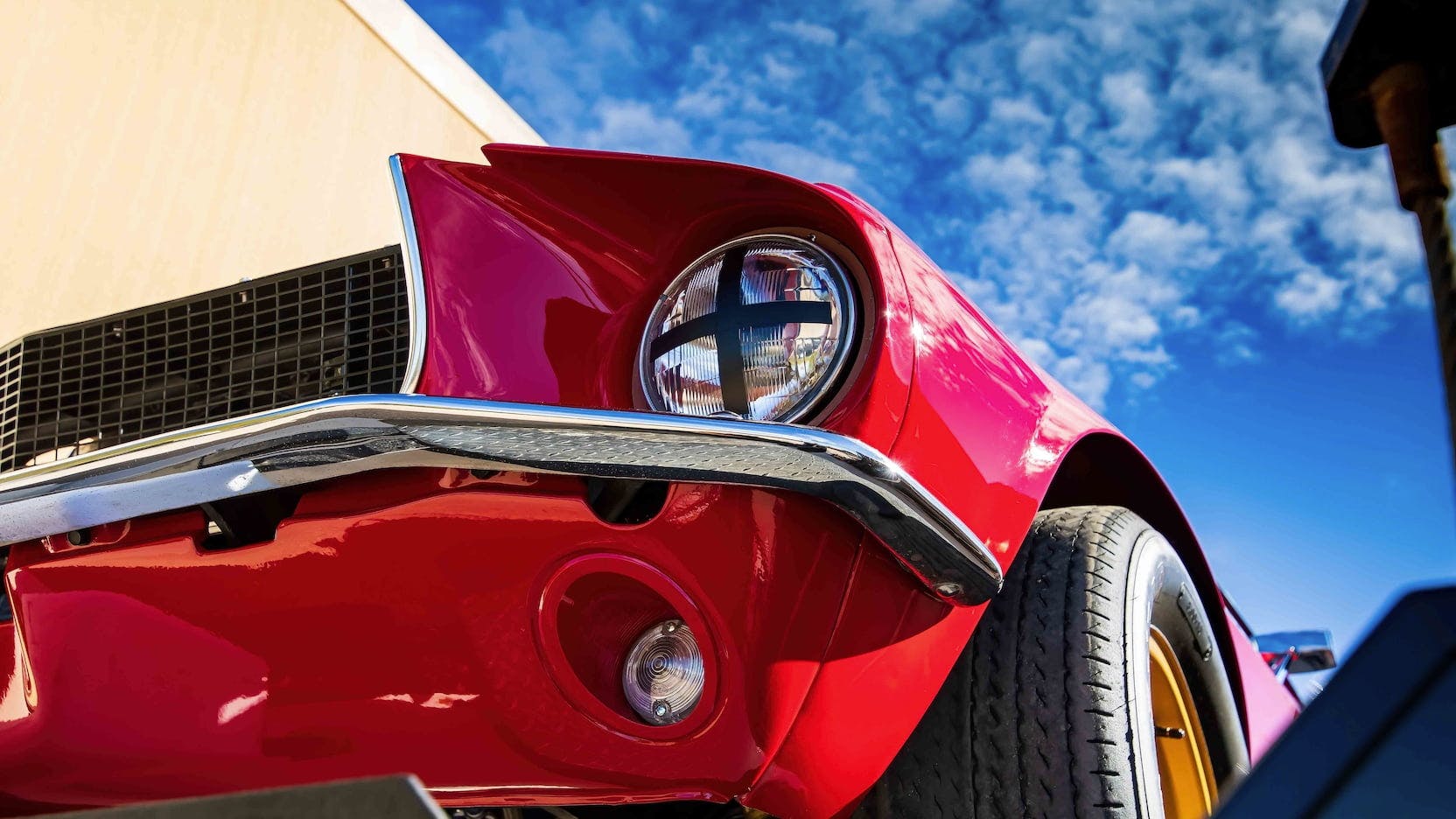

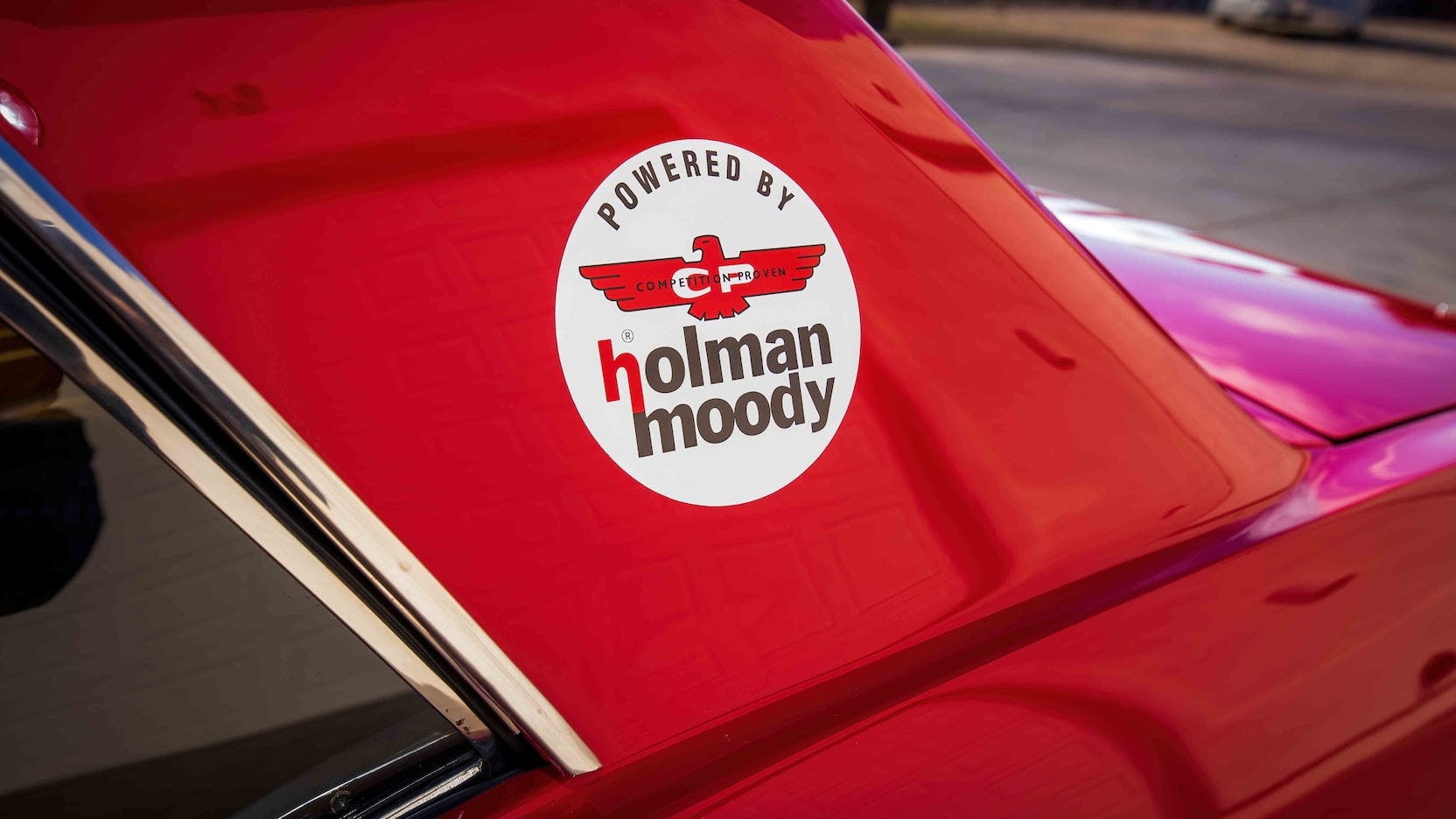
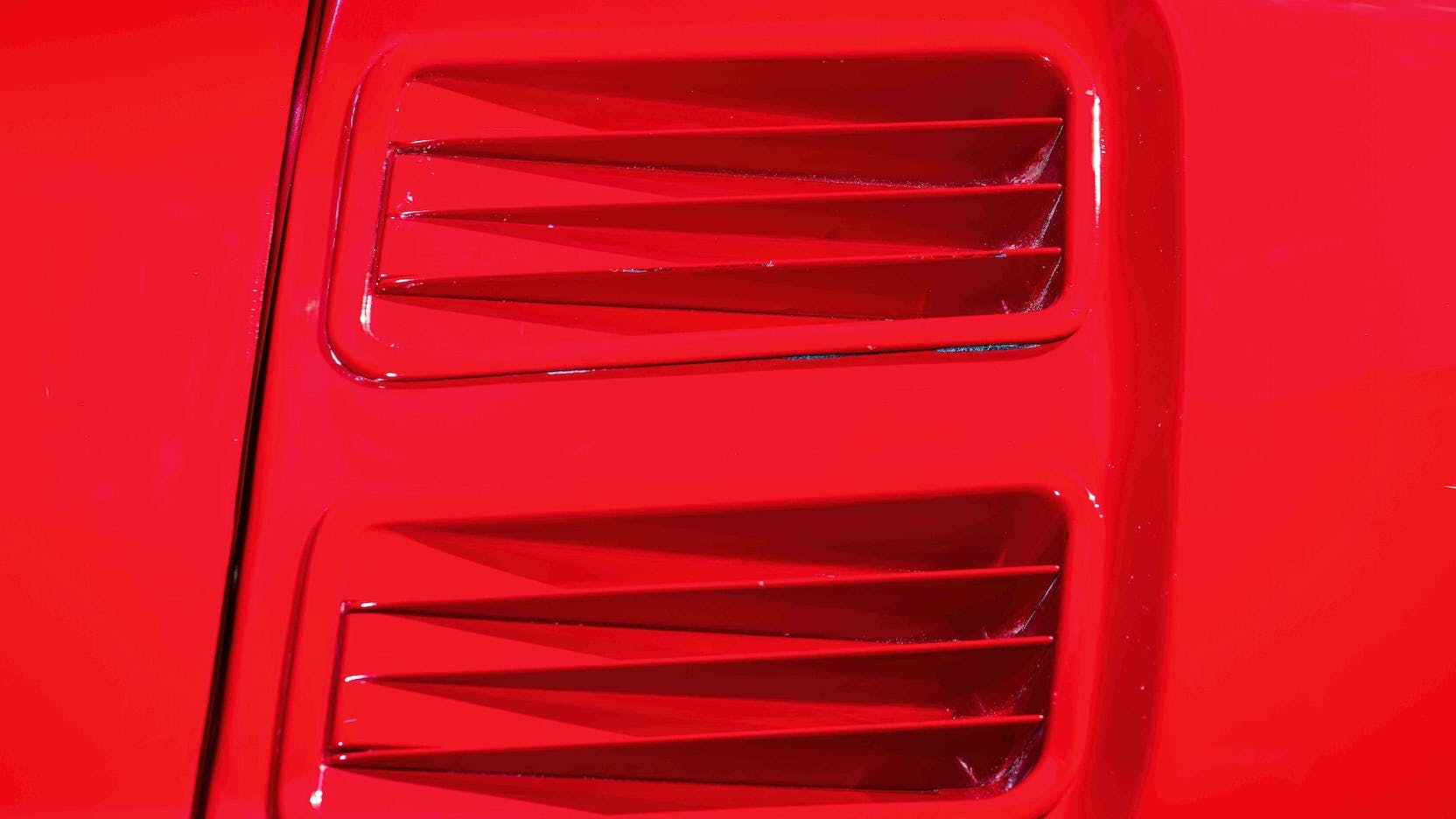

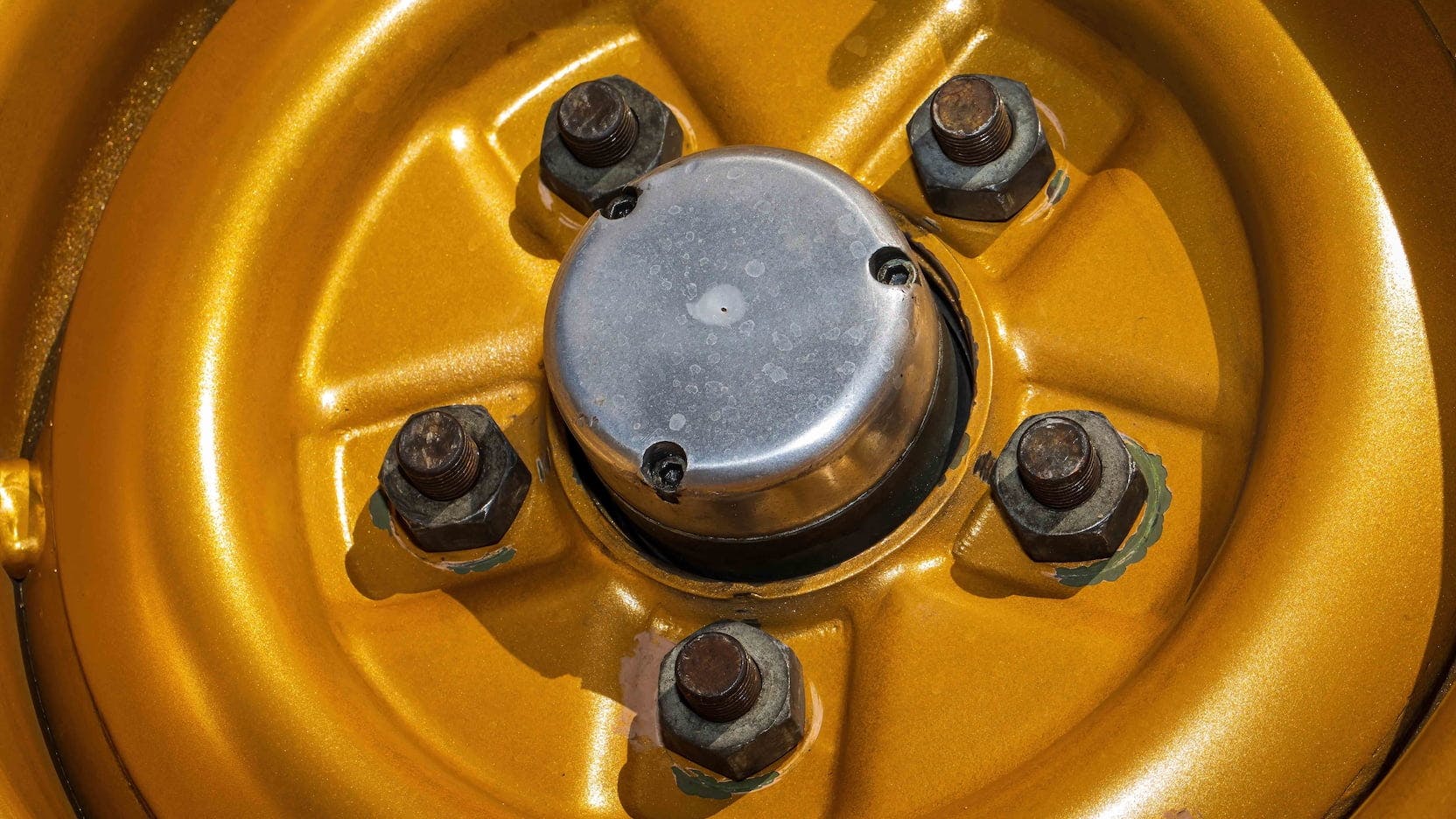

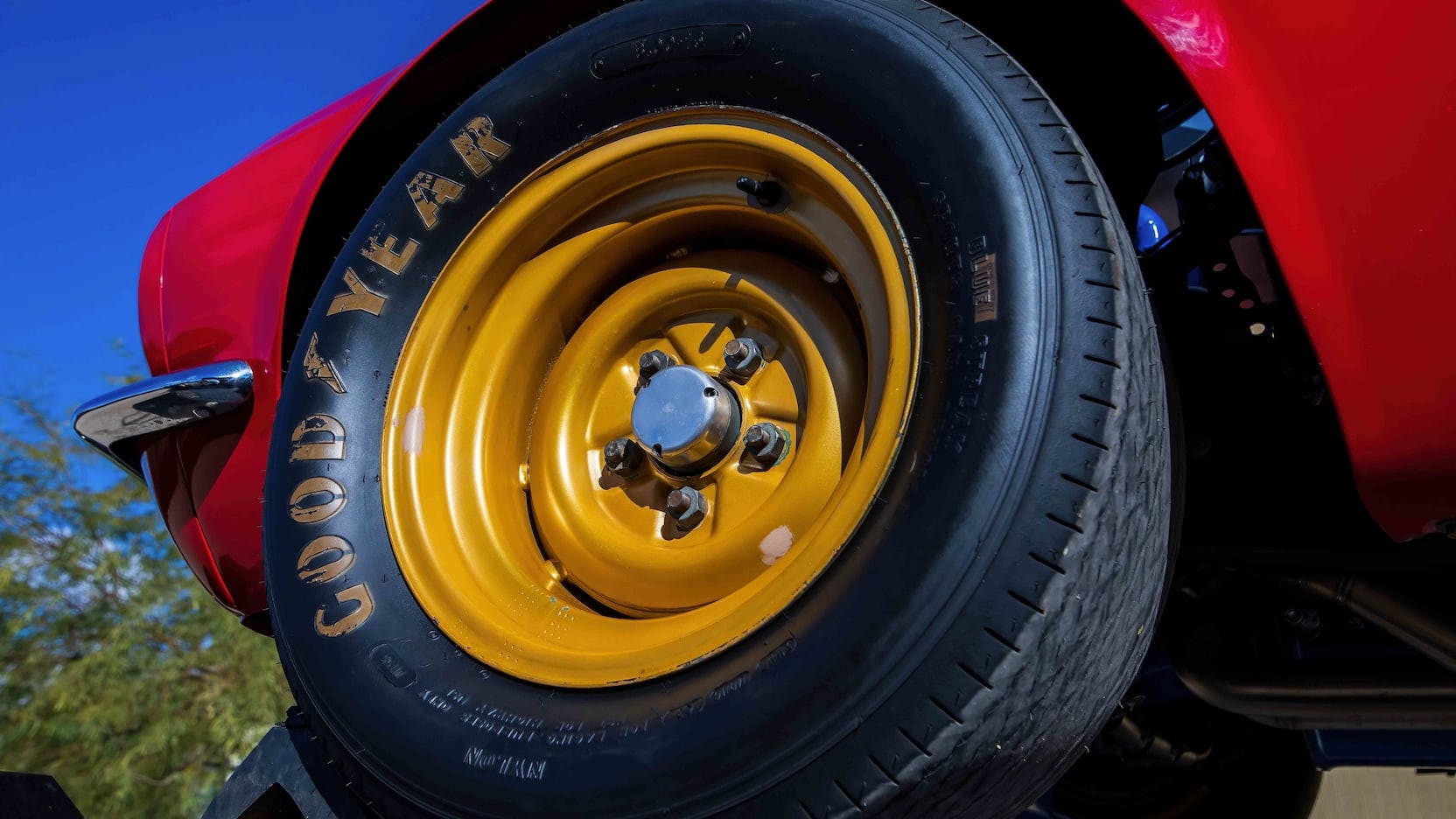
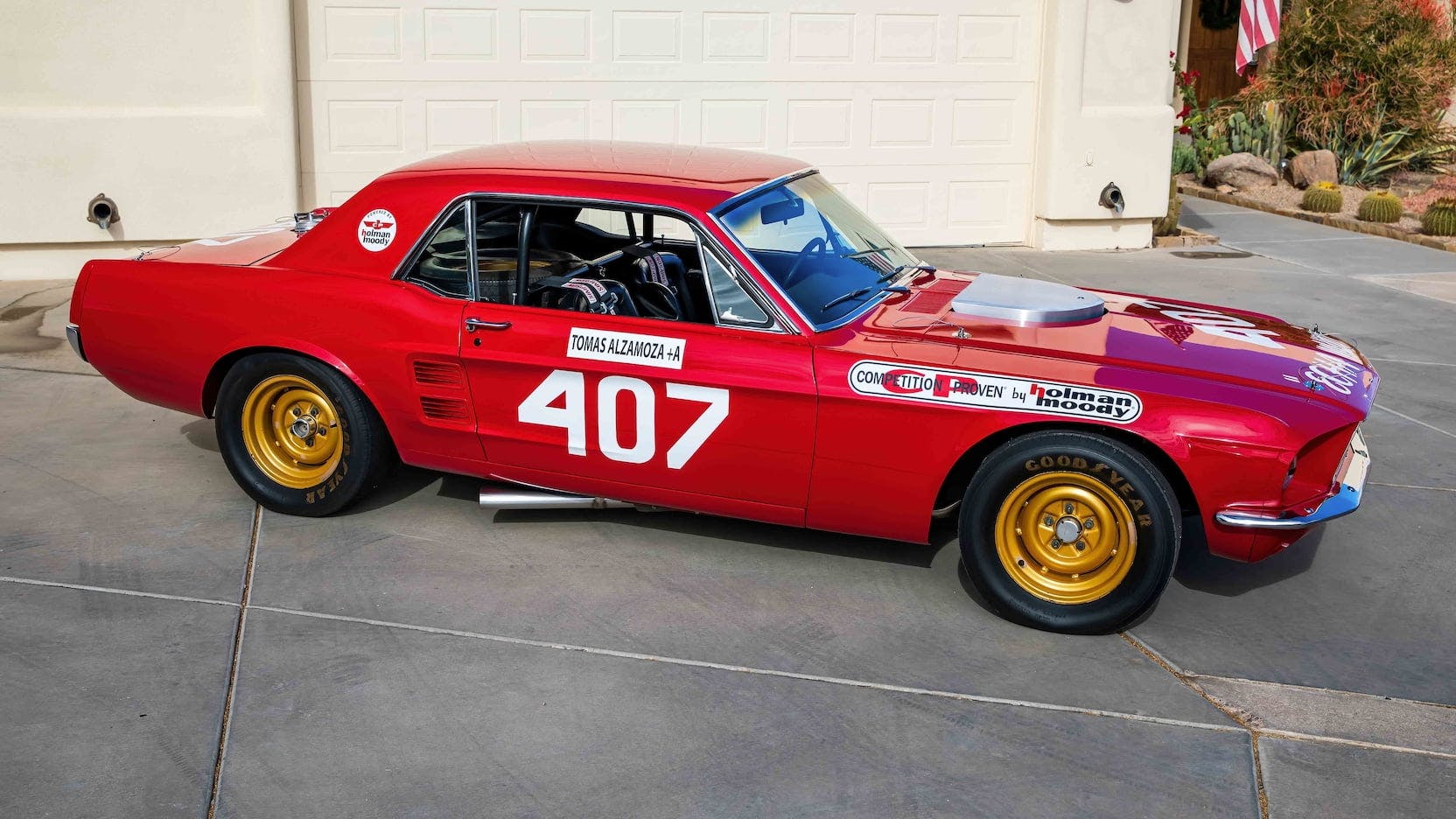
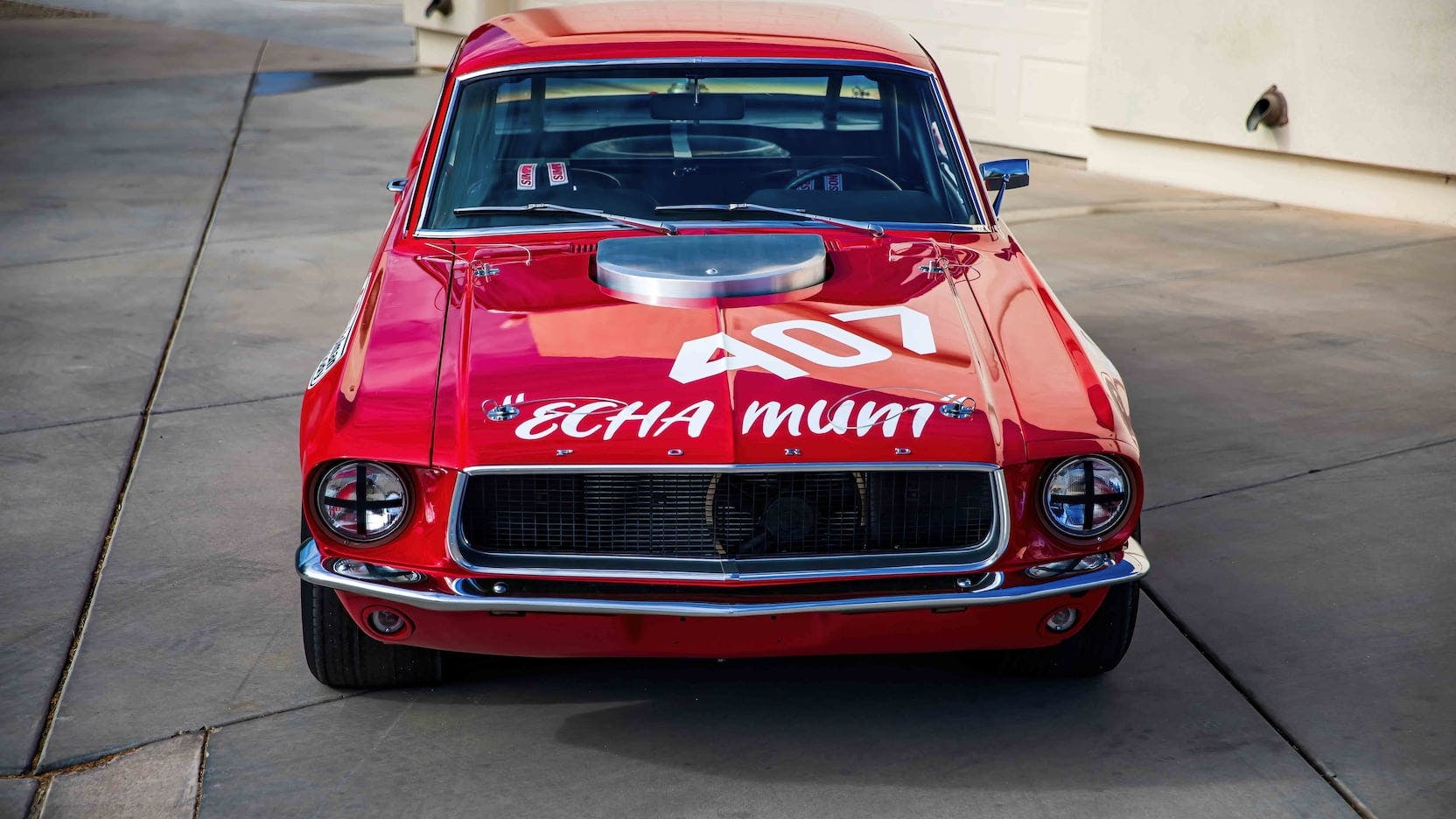

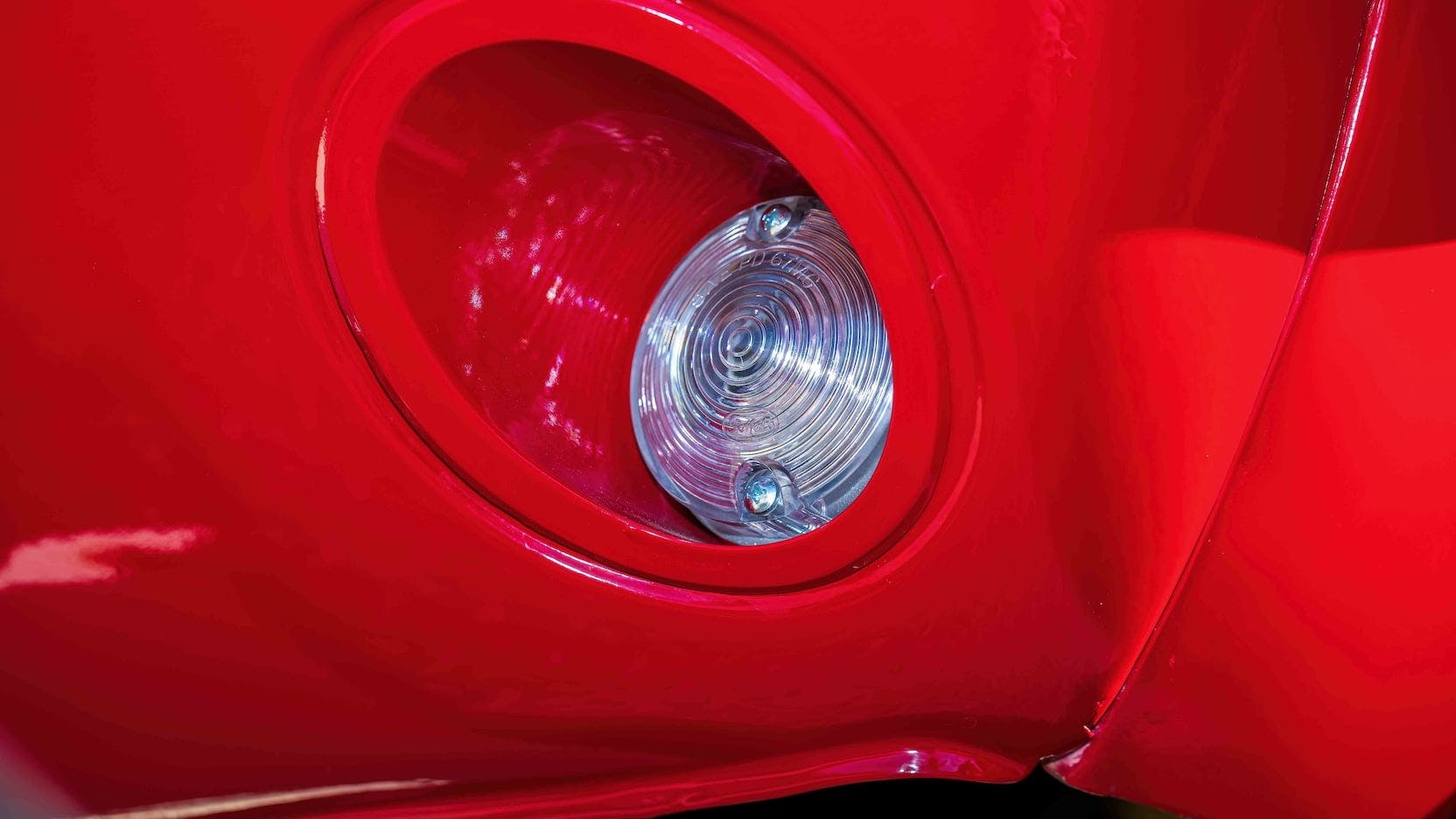
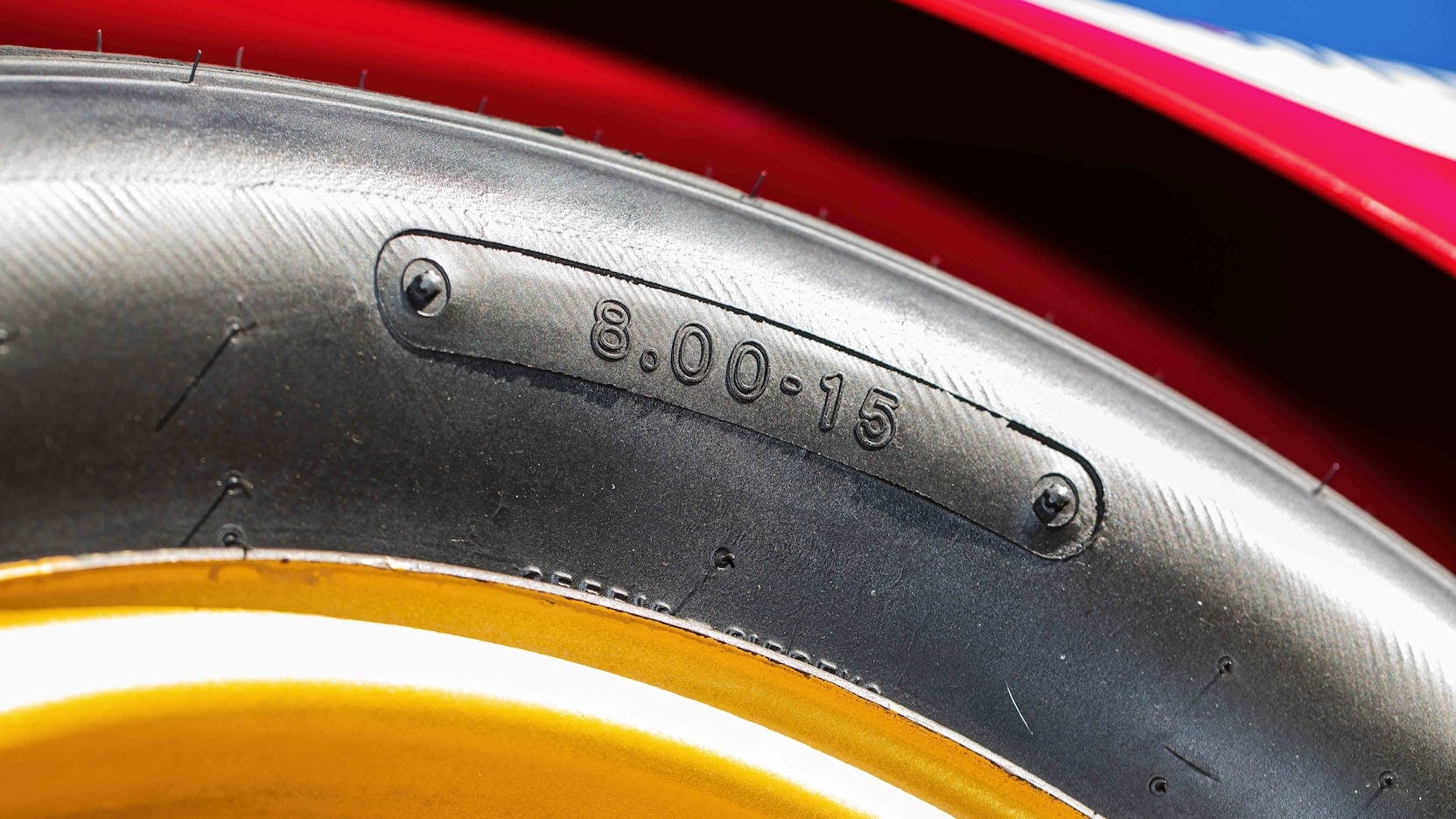

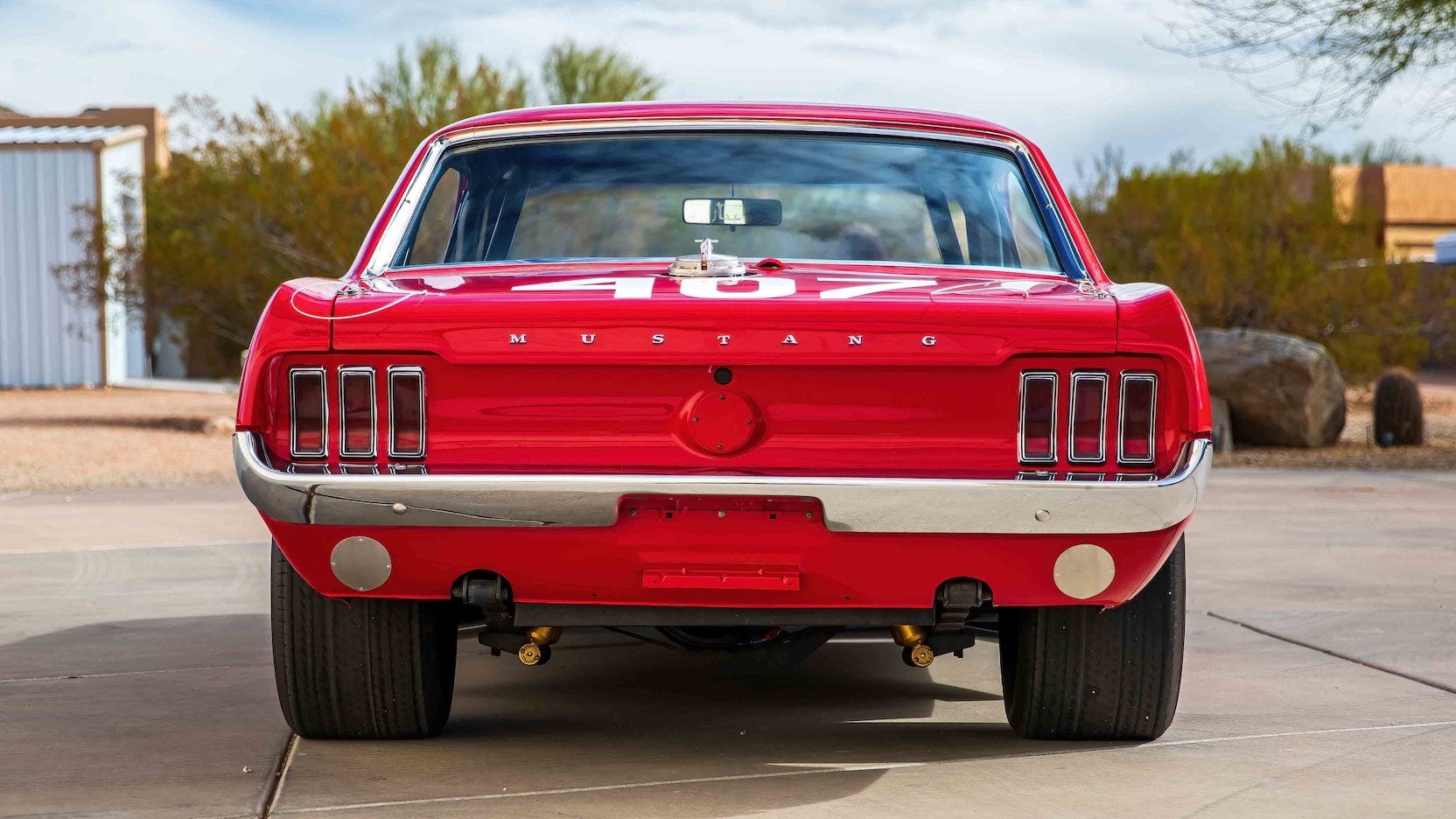
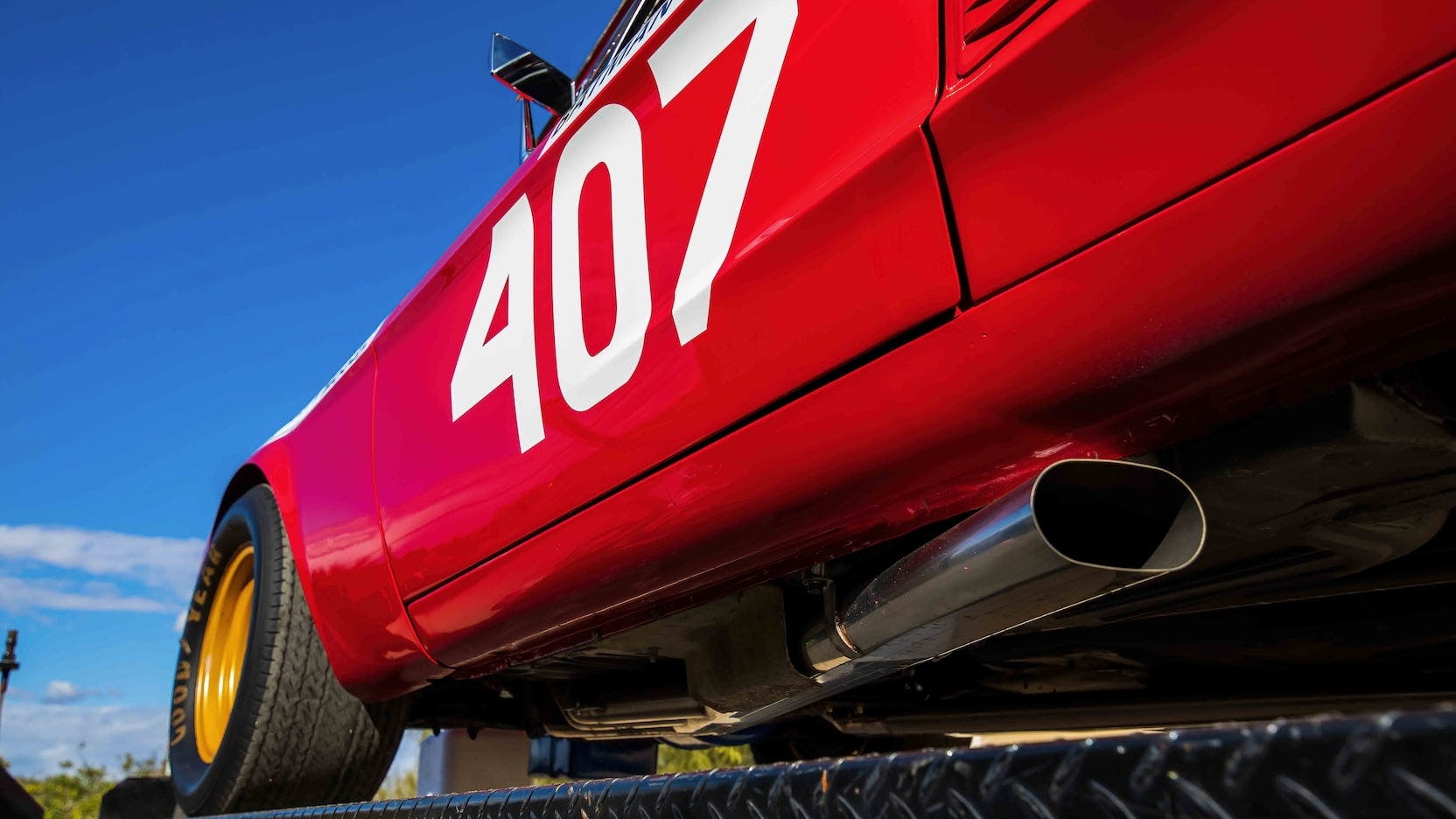
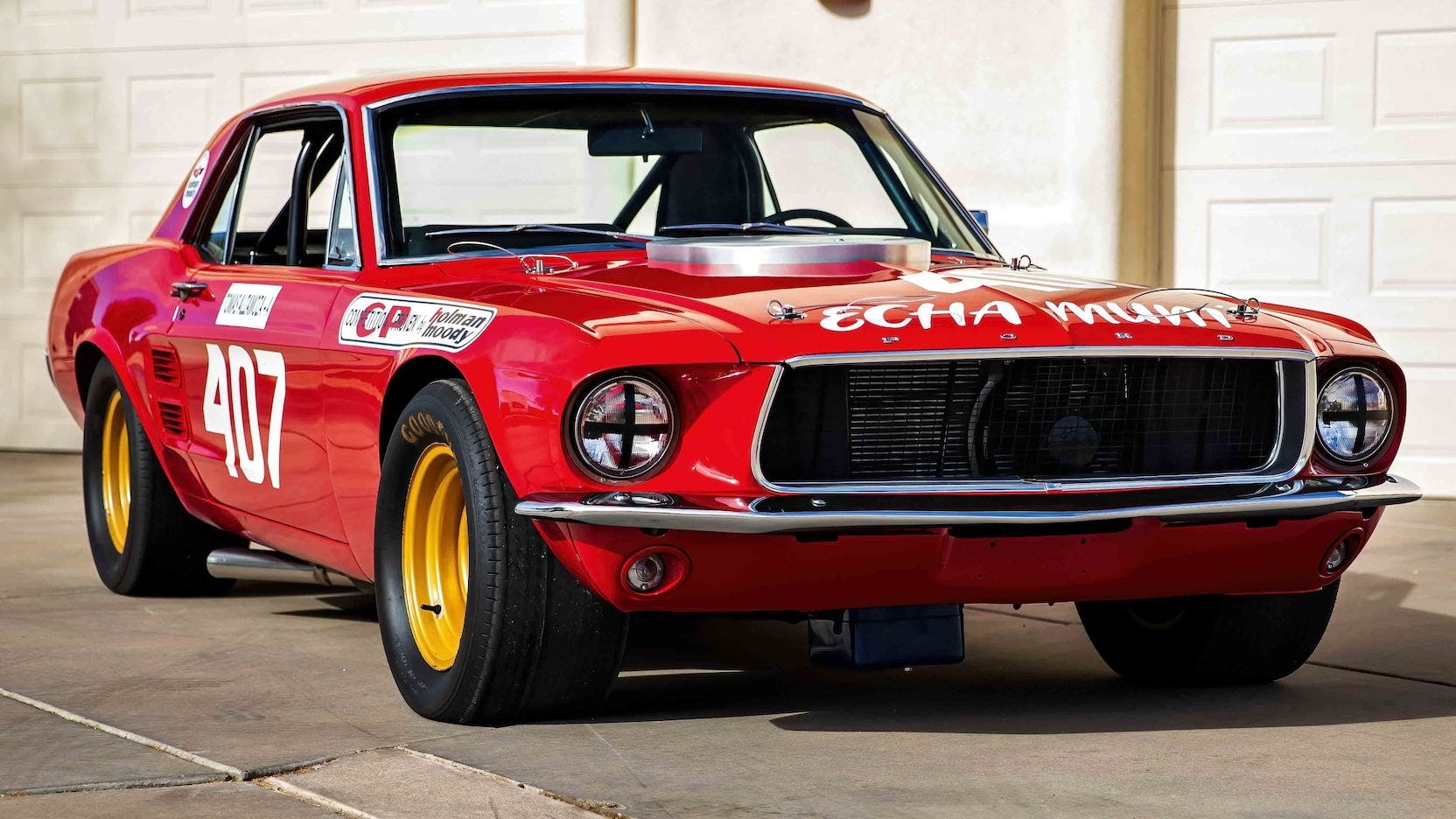
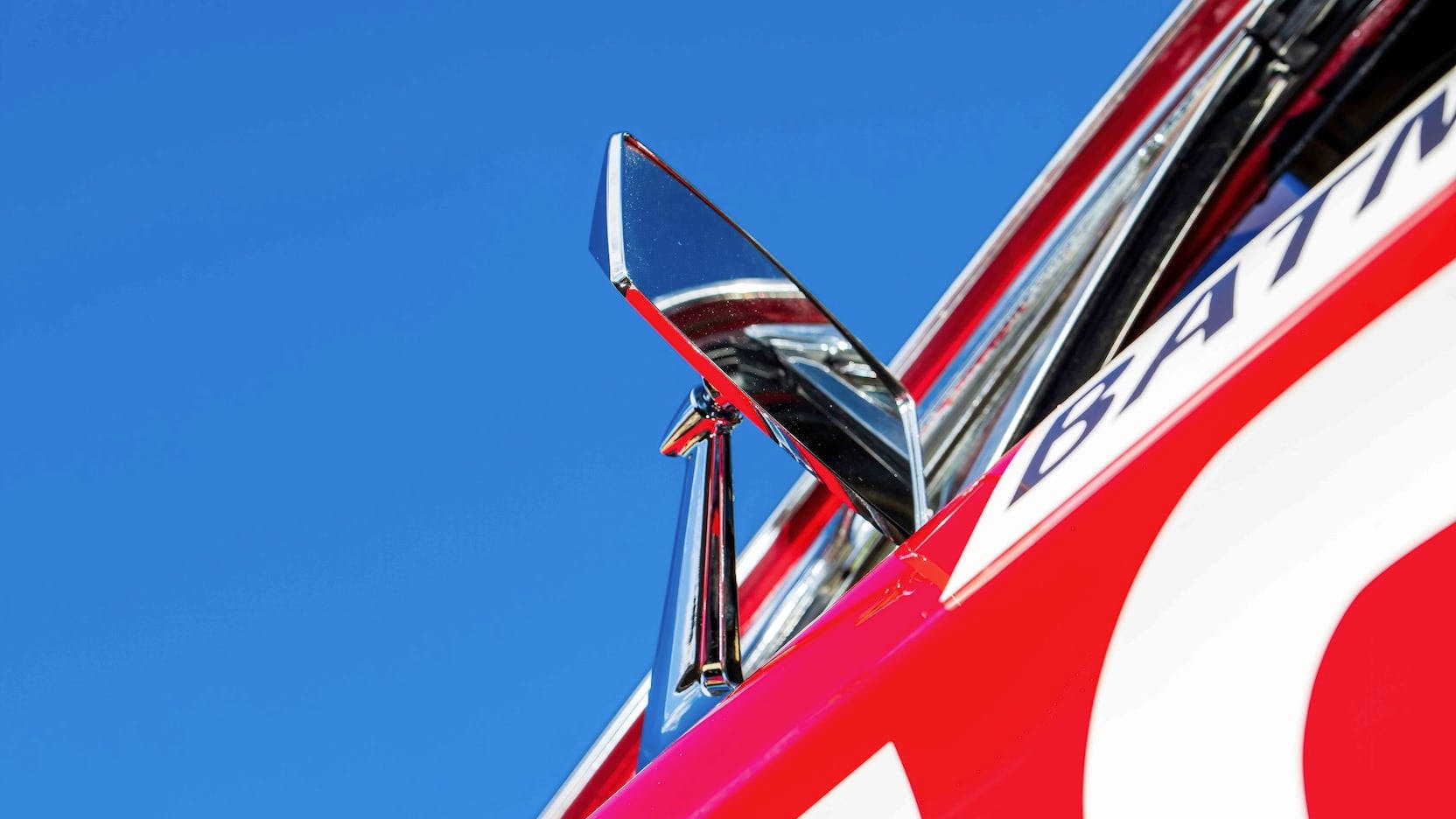

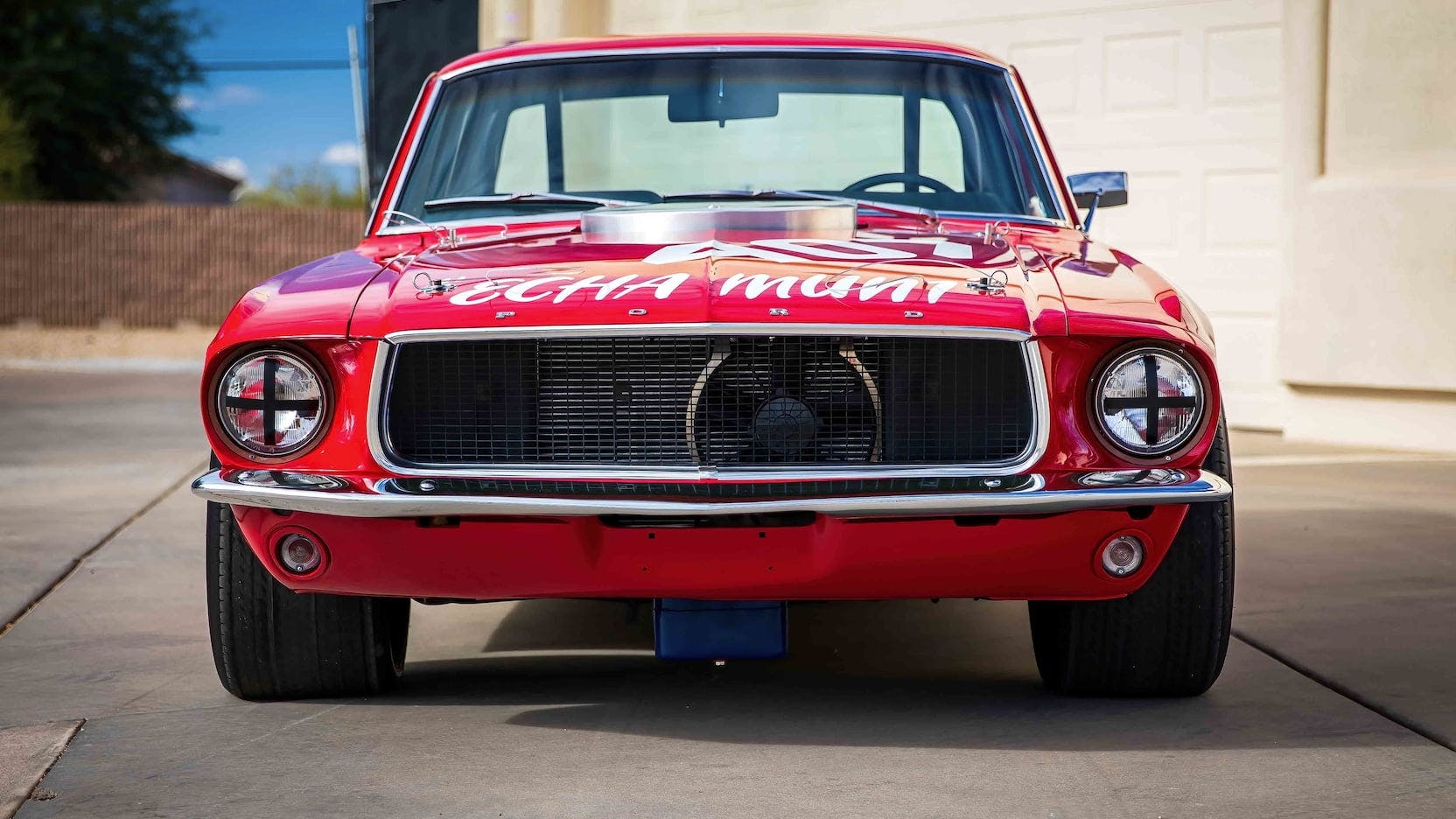

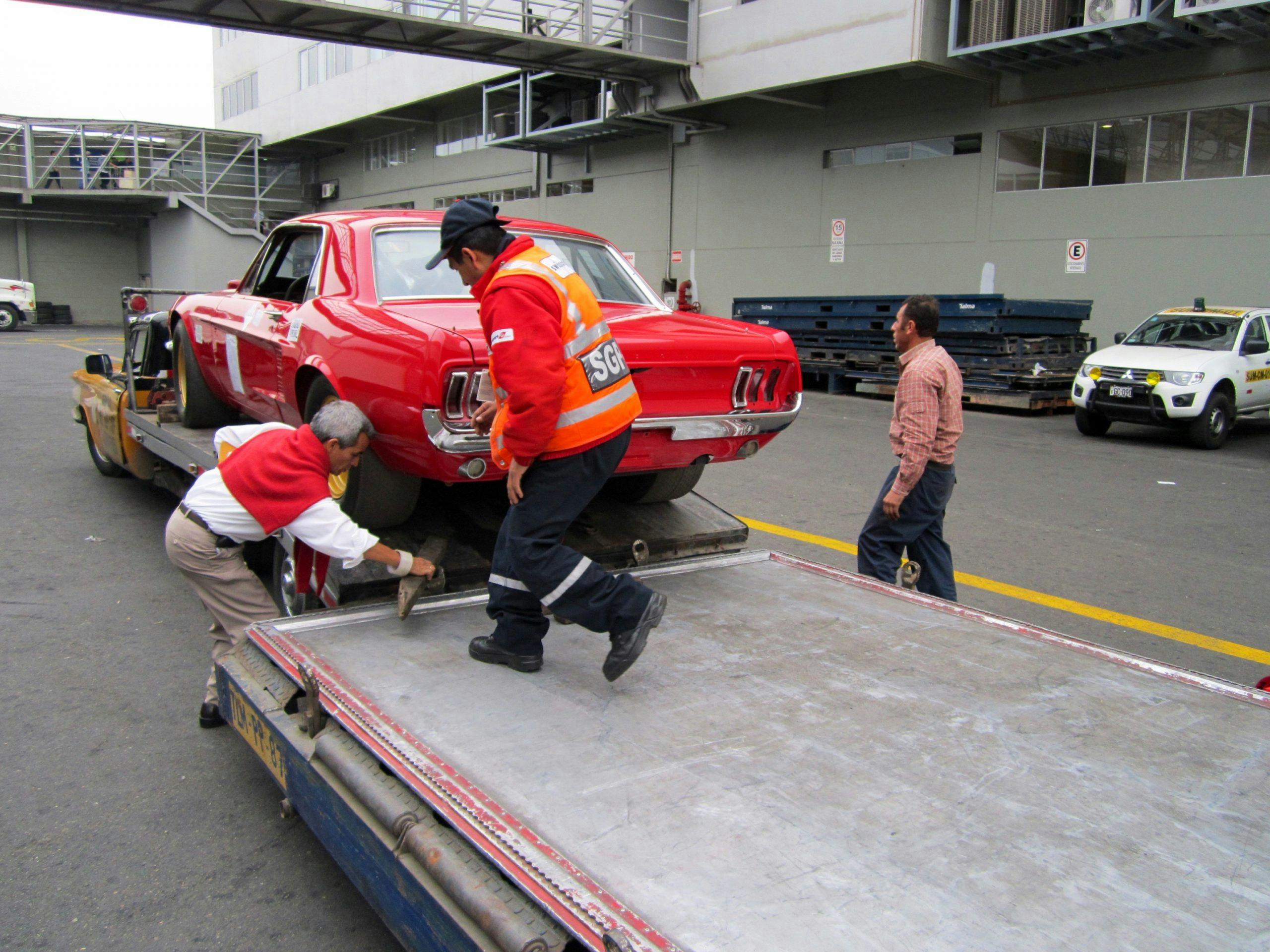

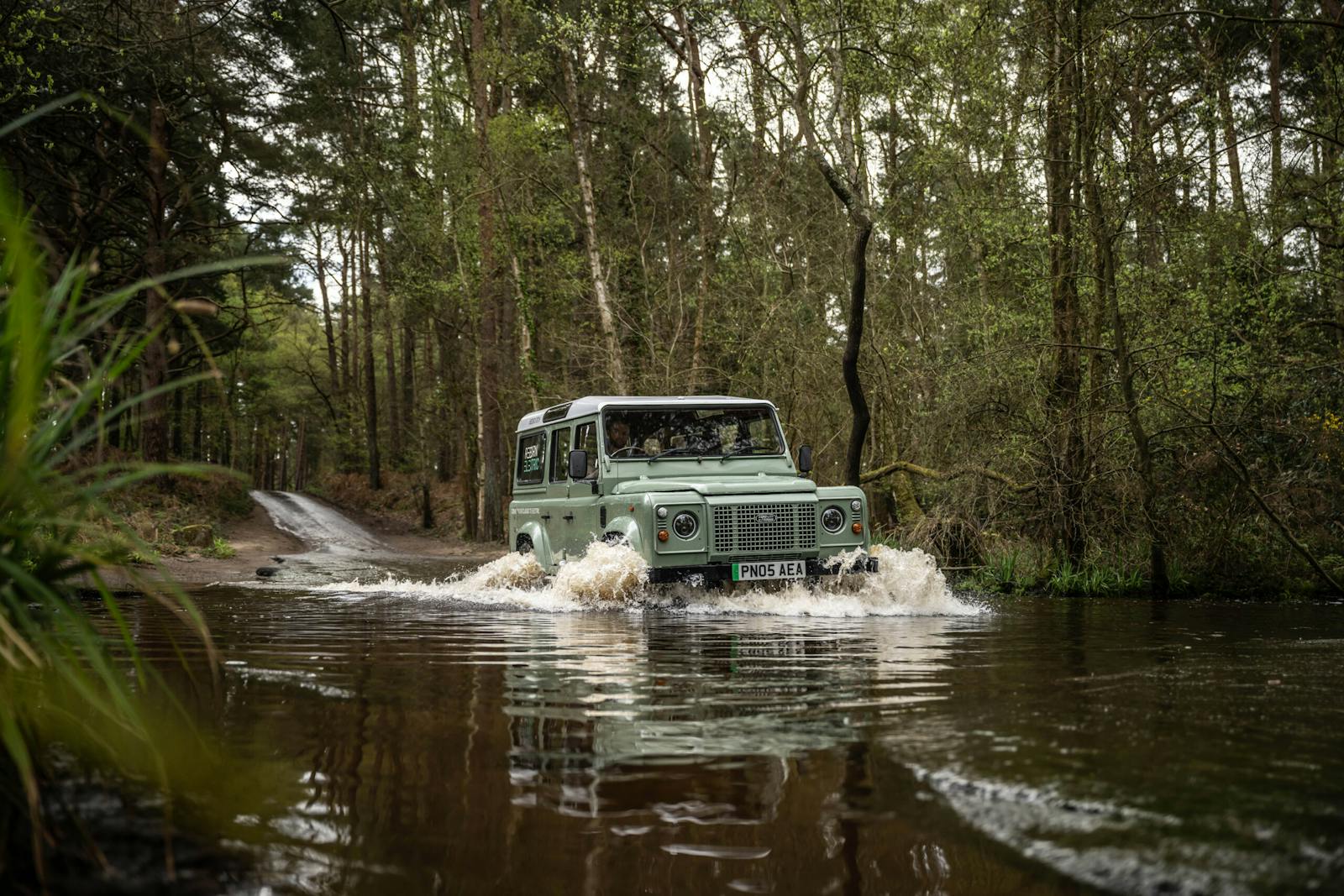
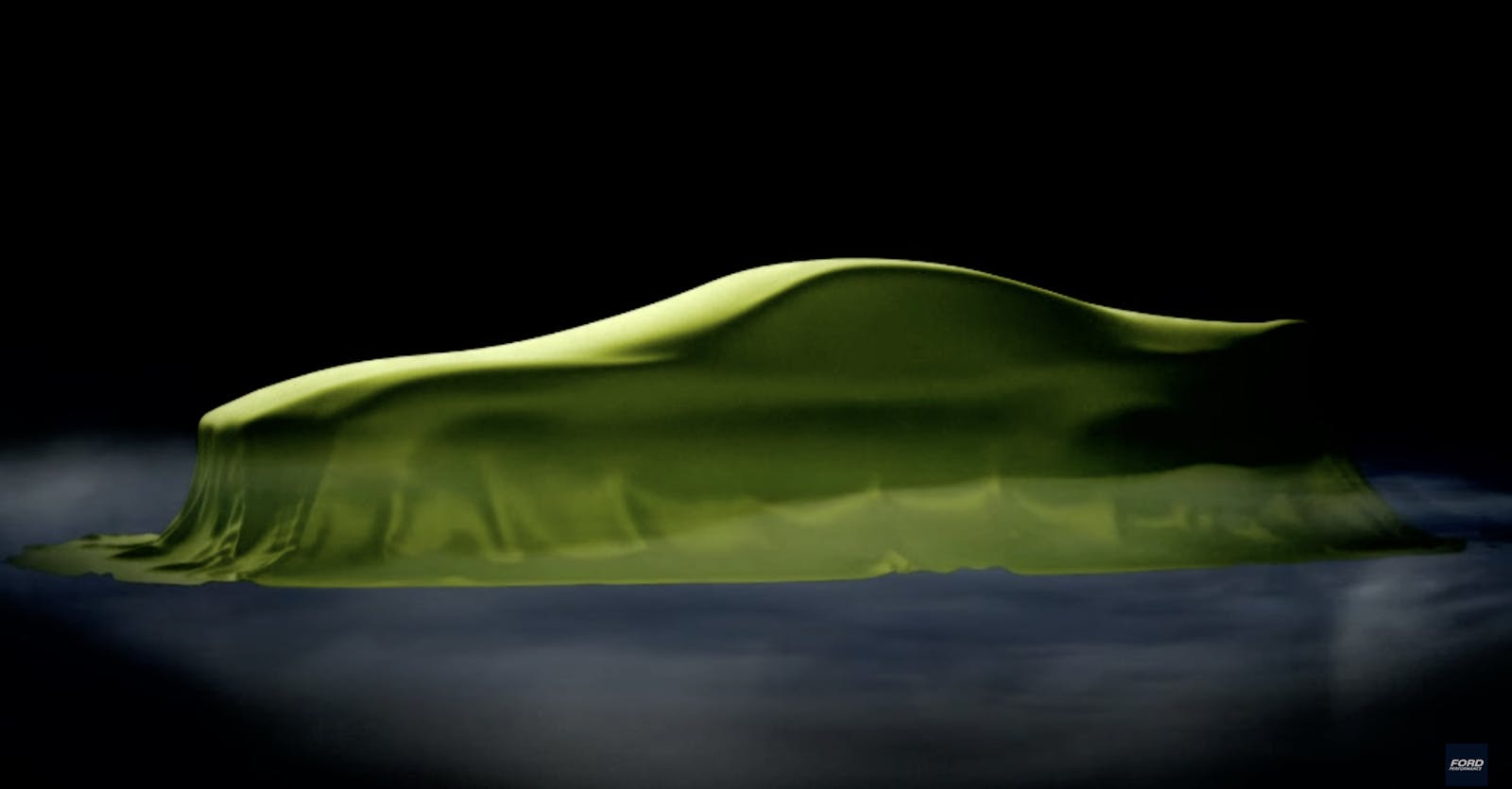
Part 70s stock car and part Mustang and 100% cool- just shows what a virtually unlimited budget can do with the right guys turning the wrenches.
Cool story. That oil pan goes really low. I’d be afraid of knocking it off on something.
That replacement ‘tall deck’ engine that was ordered from H&M sure looks like an aluminum head high dual quad 427 to me. No wonder they had a hard time in Peru swapping it from a 289.
I remember when this car was shown on Bring A Trailer years ago – back in their pre-auction days. It was on the local CL and I think the ask was somewhere in the mid/high 30s. A few years later I was at a local Cars and Coffee and this car was there, freshly restored, and on display. Wow! I really enjoyed going through the binders of historical photos and documents with the owner. The flared fenders and large steel wheels really speak to me. I hope the owner does well at the upcoming auction.
Interesting story and an interesting car. Too bad it couldn’t remain “home” in Peru where it was built (Ford plant in Peru, sold, owned, titled, driven and raced in Peru). From the sound of it, the car was only purchased and brought to the USA to restore and resell for a profit. Unfortunately, it will probably never race again.
Not a Ford guy, but that is one cool Mustang! Great story!!